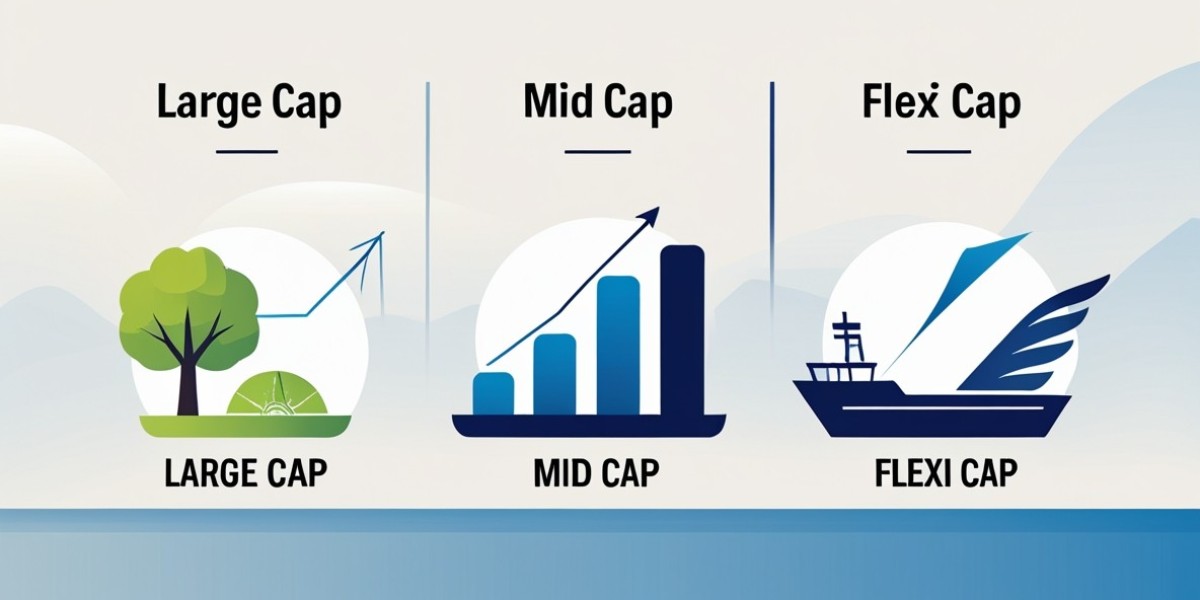Selecting the right equity fund depends on your goals, risk appetite, and investment horizon. Here’s a simplified approach to help you decide between large cap, mid cap, and flexi cap funds.
Key Factors to Consider
1. Risk Tolerance
Large Cap Funds: Lower risk, stable returns, suitable for conservative investors.
Mid Cap Funds: Moderate to high risk with higher growth potential; ideal for long-term wealth creation.
Flexi Cap Funds: Balanced risk; fund managers adjust allocation across large, mid, and small caps.
2. Investment Goals
High Growth: Mid cap or flexi cap funds with more mid/small cap allocation.
Capital Preservation: Large cap funds for steady growth.
Intermediate Goals: Flexi cap funds offer a mix of stability and growth.
3. Investment Horizon
Large Cap: Medium to long-term (3–5 years)
Mid Cap: Long-term (7–10+ years)
Flexi Cap: Medium to long-term (5+ years), adaptable to market shifts
4. Diversification
Within Fund: Flexi cap funds diversify across all market caps; single-category funds are sector-specific.
Across Funds: Combining large, mid, and flexi cap funds ensures exposure to multiple segments, balancing risk and reward.
5. Flexibility & Management
Hands-Off: Flexi cap funds automatically balance allocations.
Active Control: Using separate large and mid cap funds lets you strategize allocations based on your preferences.
Conclusion
Align your fund choice with your risk appetite, goals, and time horizon. Flexi cap funds suit those seeking a balanced approach, while large and mid cap funds cater to more specific investment strategies. A well-diversified portfolio across fund types can help navigate market cycles effectively.






